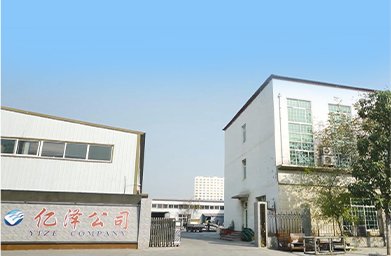poultry feather plucker
Nov . 21, 2024 01:26 Back to list
poultry feather plucker
The Evolution and Importance of Poultry Feather Pluckers
The poultry industry has undergone significant advancements over the past few decades, particularly in the realms of efficiency and automation. One significant innovation that has transformed the industry is the poultry feather plucker. These machines play a crucial role in the processing of birds after slaughter, ensuring that feathers are removed quickly and cleanly, which is essential for maintaining hygiene and quality standards.
Historically, the process of feather removal was labor-intensive, requiring skilled workers to manually pluck feathers from birds. This not only consumed a considerable amount of time but also posed challenges in terms of consistency and speed. Manual plucking was not only tiring but also resulted in varying standards of cleanliness. As the demand for poultry meat surged worldwide, the need for a more efficient solution became apparent.
Enter the poultry feather plucker. These machines utilize various mechanisms—most commonly rubber fingers or discs—to remove feathers effectively. The design of the plucker allows it to handle multiple birds at once, significantly speeding up the processing time. The use of feather pluckers has led to a marked increase in productivity; processors can now process thousands of birds per hour compared to just a few hundred using traditional methods.
Moreover, modern feather pluckers come equipped with advanced features such as adjustable speeds and temperature controls. These innovations ensure not only the effective removal of feathers but also help preserve the quality of the meat. Over-processing can lead to bruising and other damages to the poultry, which affects the final product's marketability. Hence, feather pluckers contribute to maintaining high standards of meat quality, which is a critical concern for producers.
poultry feather plucker

In addition to their efficiency, poultry feather pluckers also offer improved hygiene. The automation of feather removal minimizes human contact with the birds, reducing the risk of contamination. This is crucial in an industry where biosecurity measures are paramount. By utilizing machinery, processors can ensure that their operations adhere to stringent hygiene standards, ultimately benefiting consumers.
The rise of poultry feather pluckers has also had economic implications. As producers can process birds more rapidly and efficiently, they can reduce labor costs and increase output. This not only benefits the companies but also impacts the prices that consumers pay for poultry products. Lower production costs can lead to more affordable meat options, thus meeting the growing demand of a health-conscious population that prefers lean protein sources.
However, as with any technological advancement, there are challenges. Concerns regarding job displacement for manual laborers have emerged, necessitating a focus on retraining and reskilling the workforce. The industry must address these issues while embracing innovation to maintain its competitive edge.
In conclusion, poultry feather pluckers have revolutionized poultry processing, making it faster, more efficient, and hygienic. Their impact on the industry can be seen in improved productivity, product quality, and consumer pricing. As the poultry industry continues to innovate, feather pluckers will remain a cornerstone of processing operations, reflecting the balance between technology and tradition in food production. The future of poultry processing looks promising, driven by these machines that enhance operations while ensuring high standards for consumers.
-
Hot Sale 24 & 18 Door Rabbit Cages - Premium Breeding Solutions
NewsJul.25,2025
-
Automatic Feeding Line System Pan Feeder Nipple Drinker - Anping County Yize Metal Products Co., Ltd.
NewsJul.21,2025
-
Automatic Feeding Line System Pan Feeder Nipple Drinker - Anping County Yize Metal Products Co., Ltd.
NewsJul.21,2025
-
Automatic Feeding Line System - Anping Yize | Precision & Nipple
NewsJul.21,2025
-
Automatic Feeding Line System - Anping Yize | Precision & Nipple
NewsJul.21,2025
-
Automatic Feeding Line System-Anping County Yize Metal Products Co., Ltd.|Efficient Feed Distribution&Customized Animal Farming Solutions
NewsJul.21,2025






